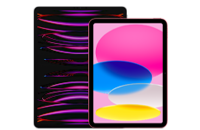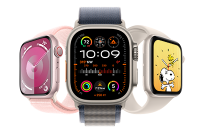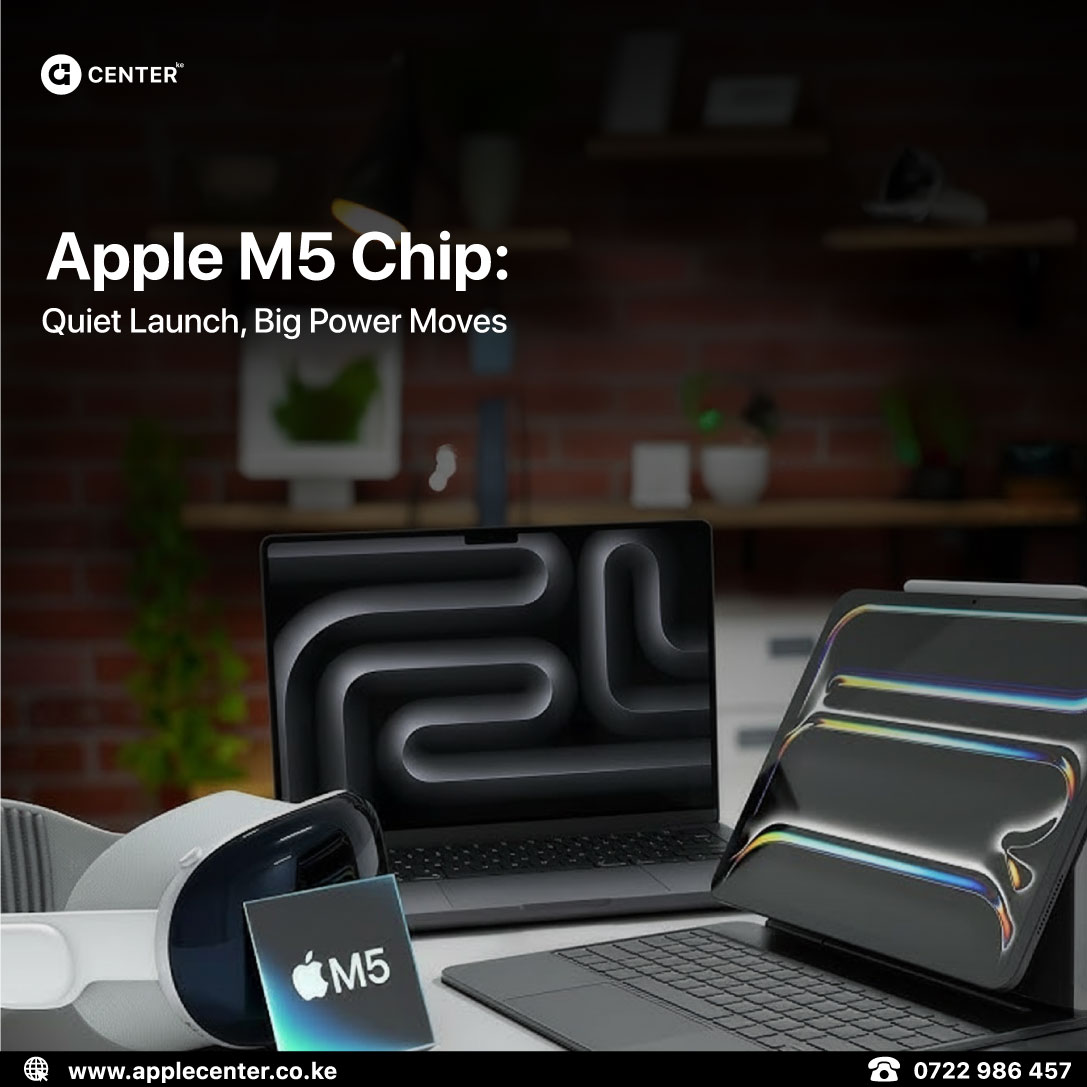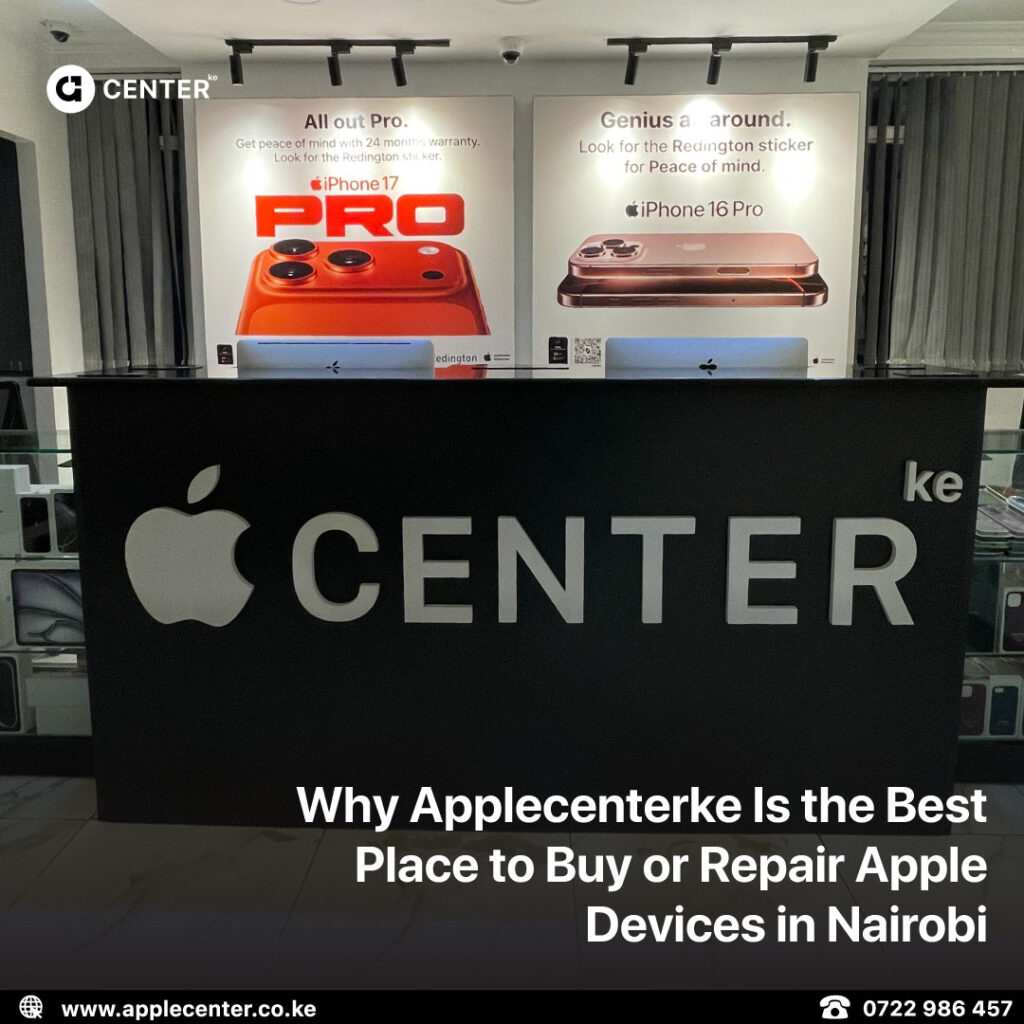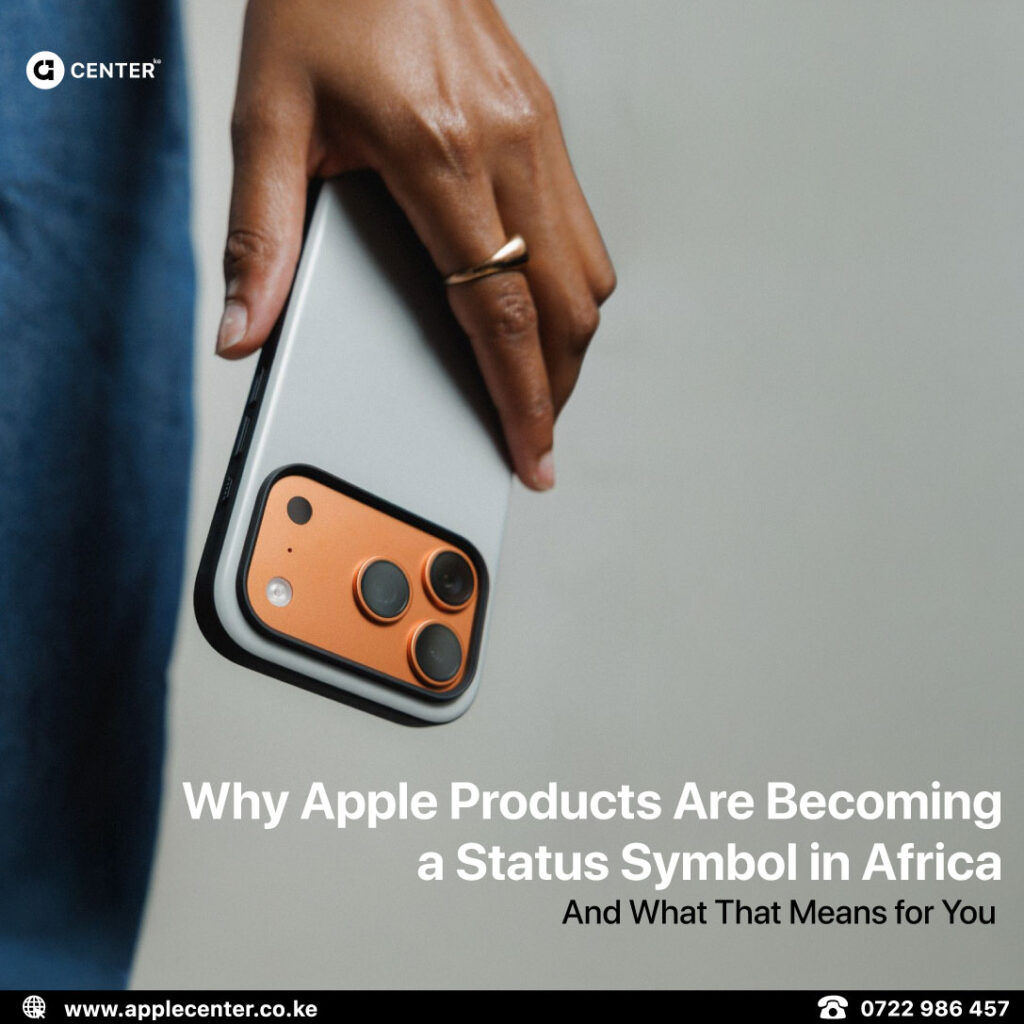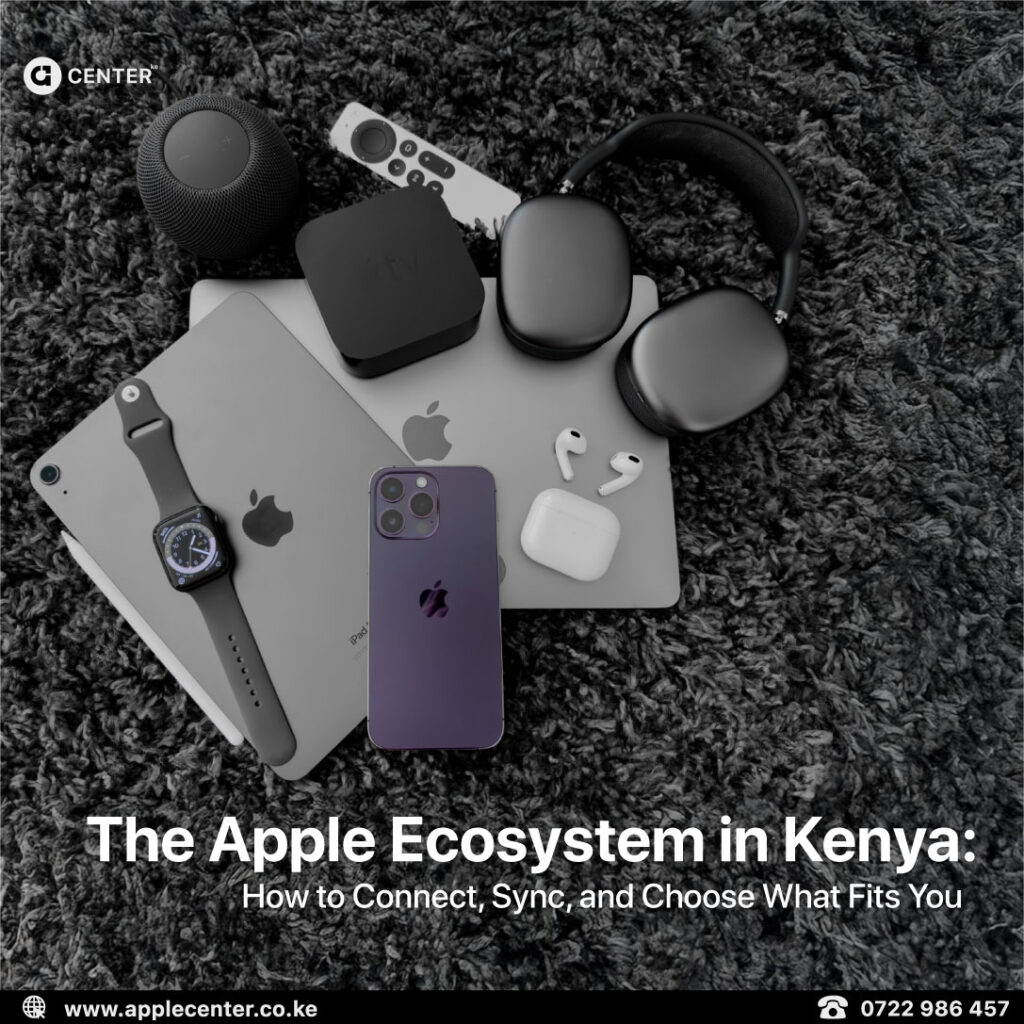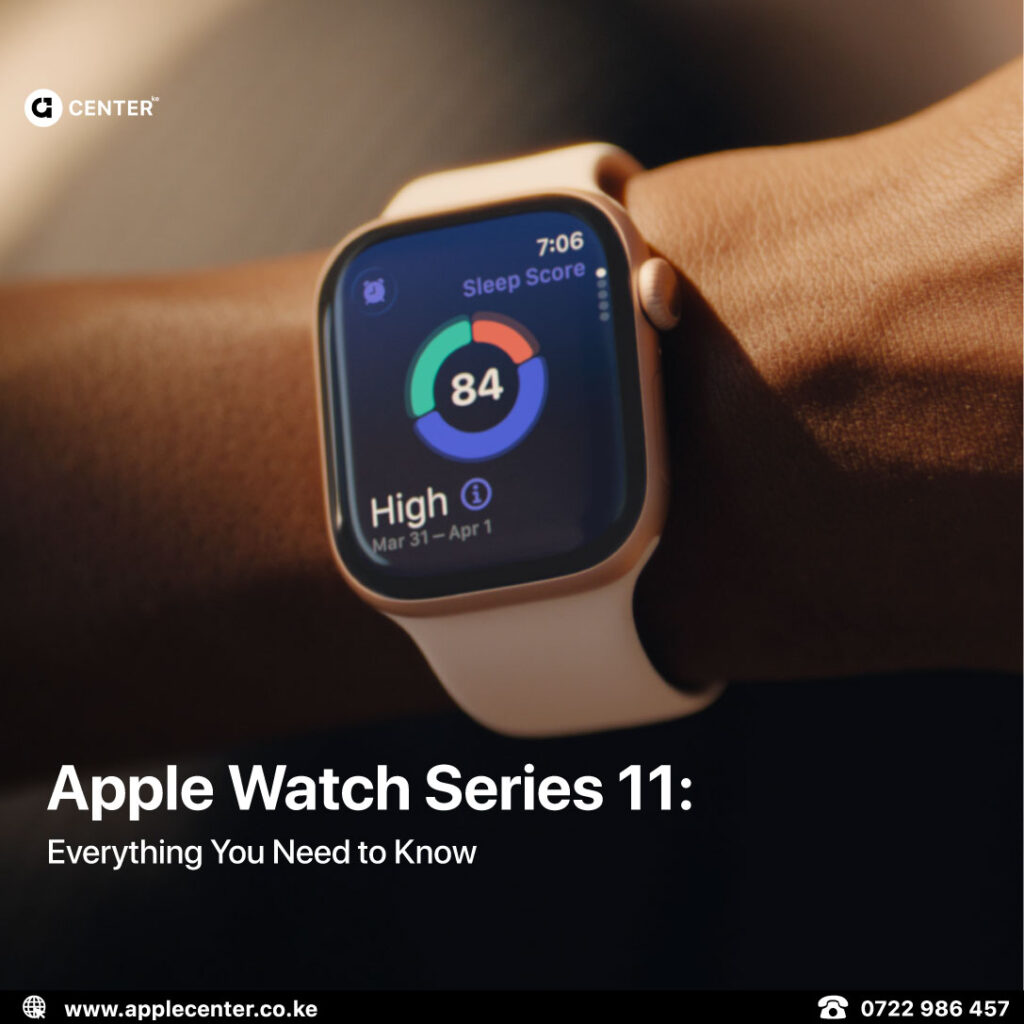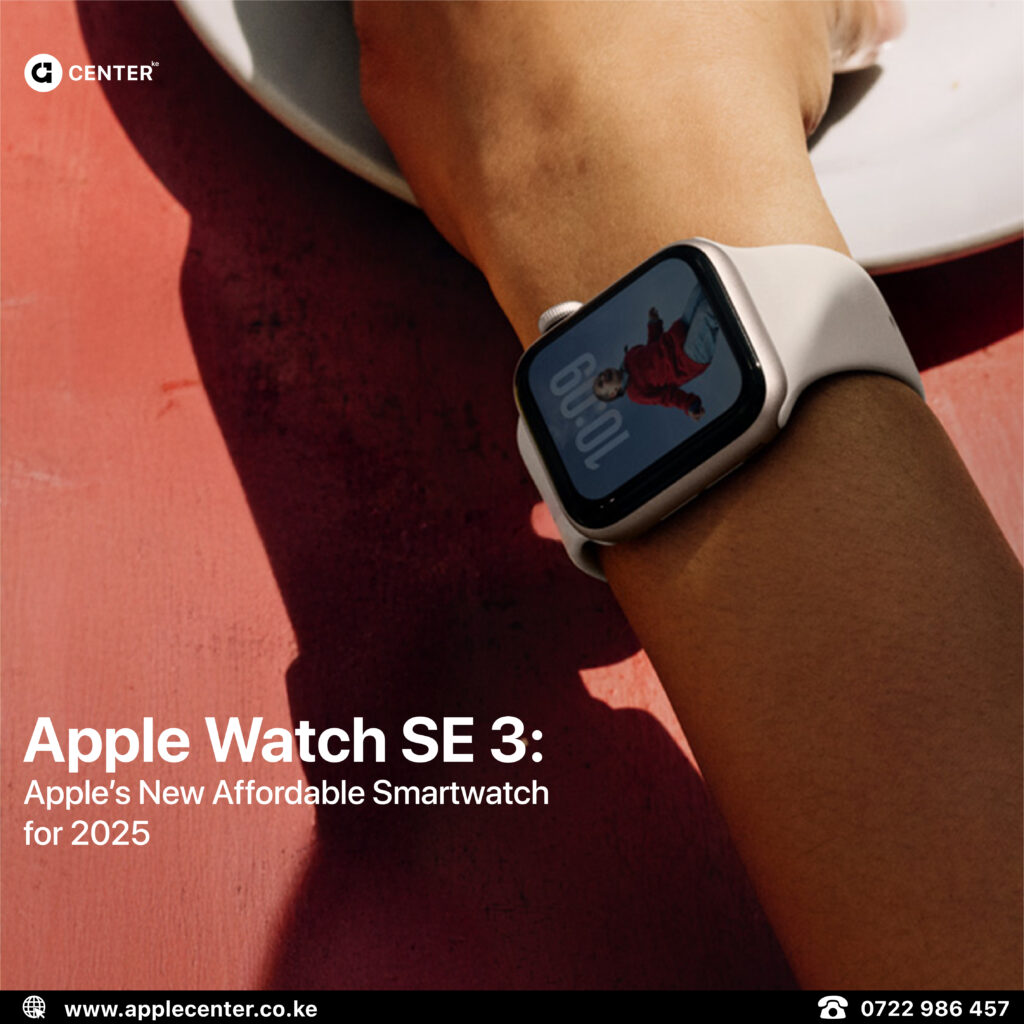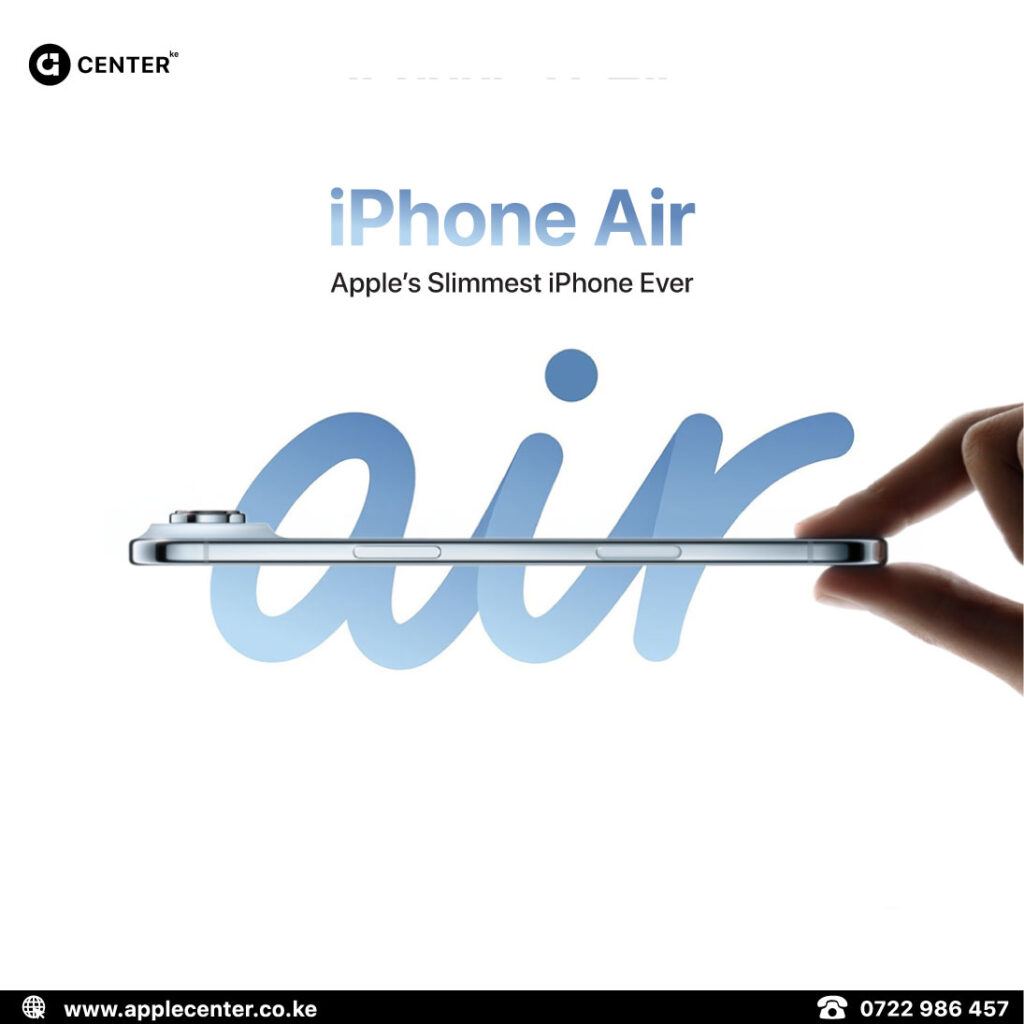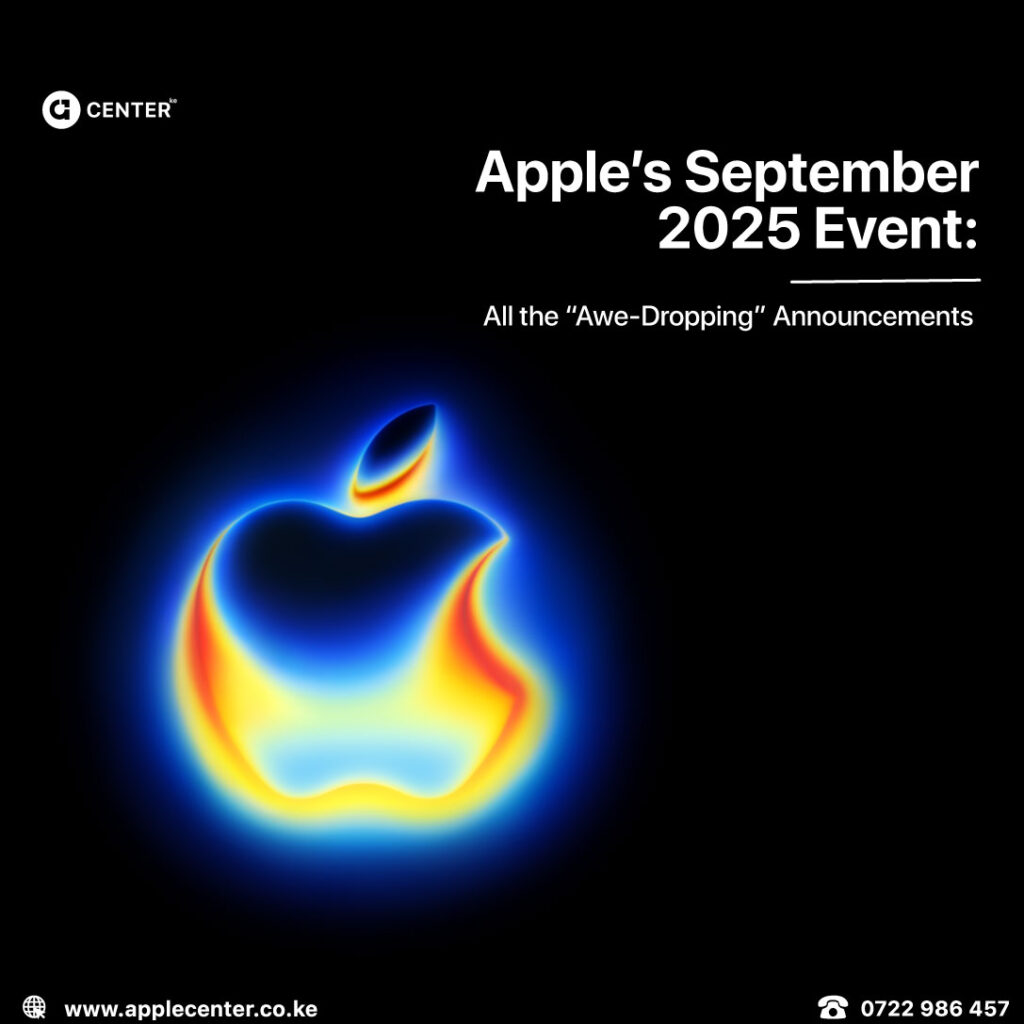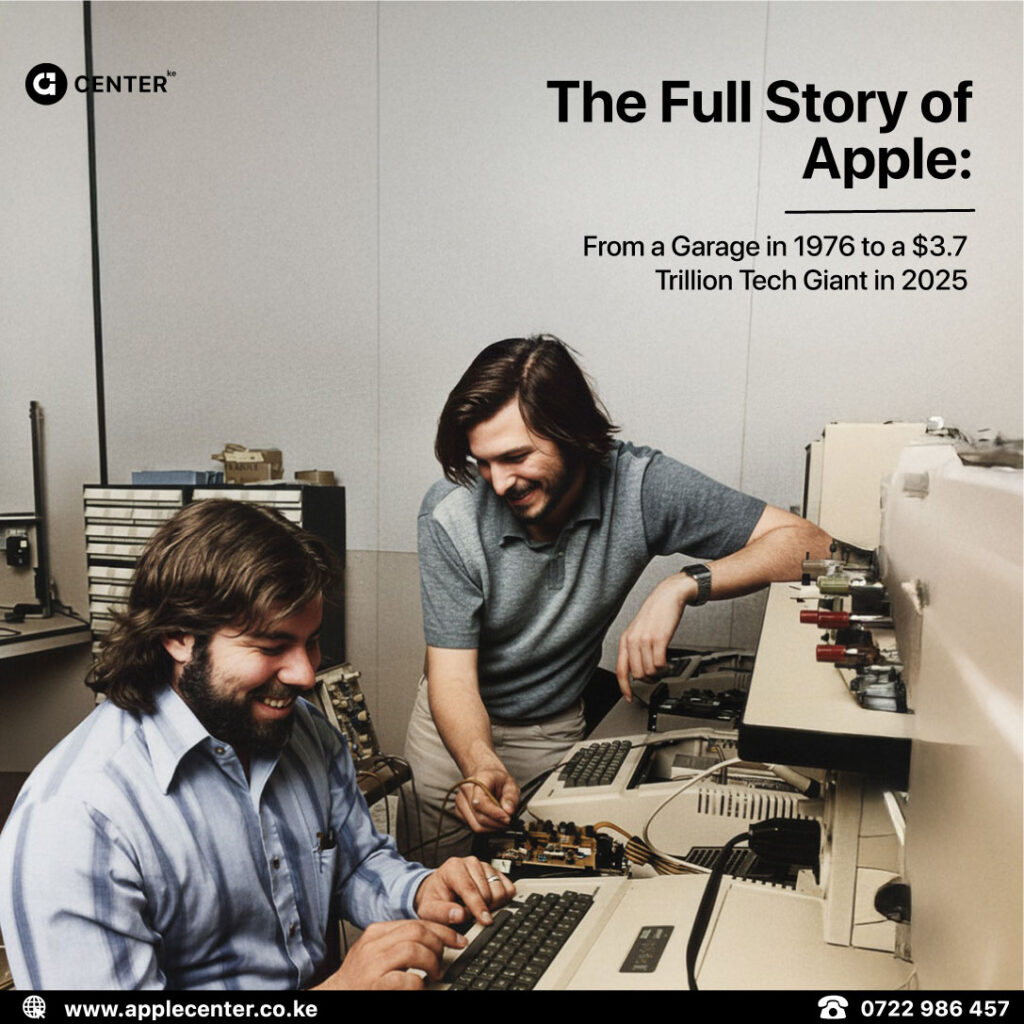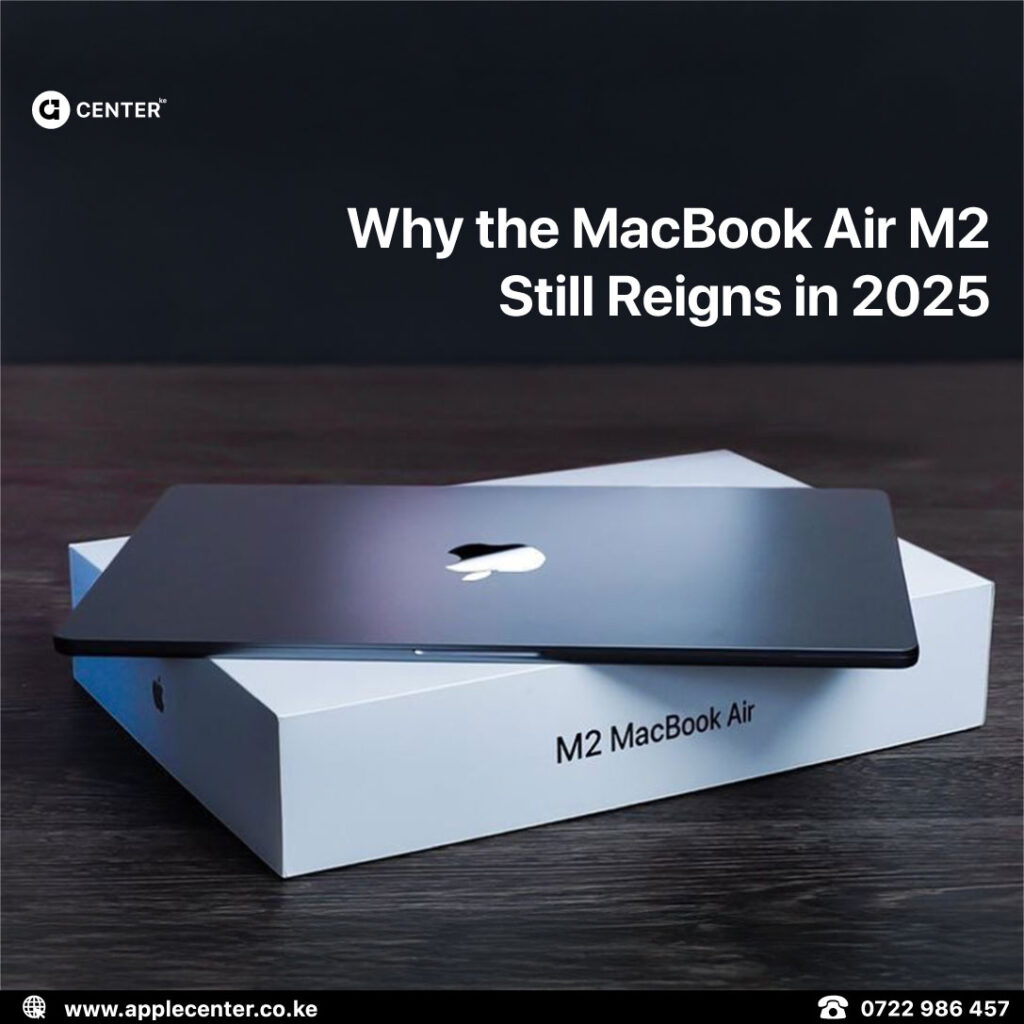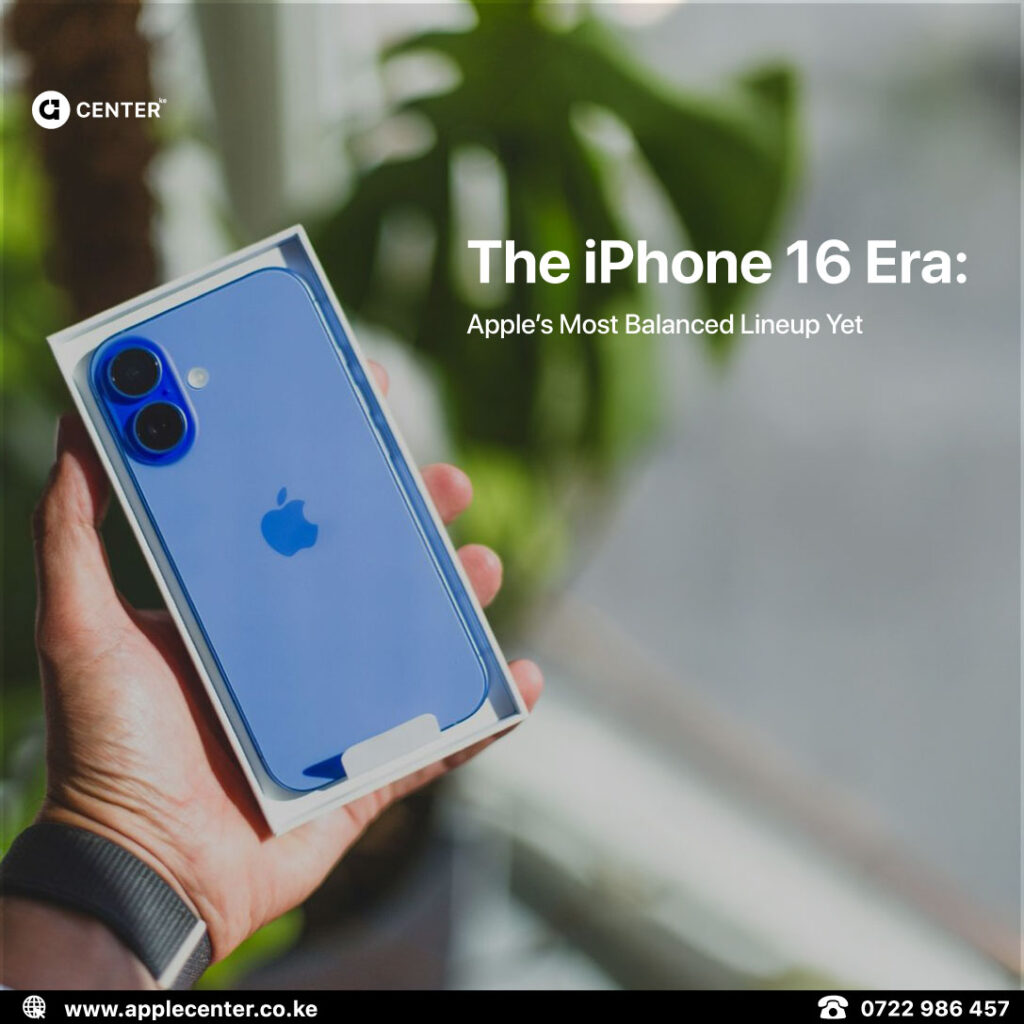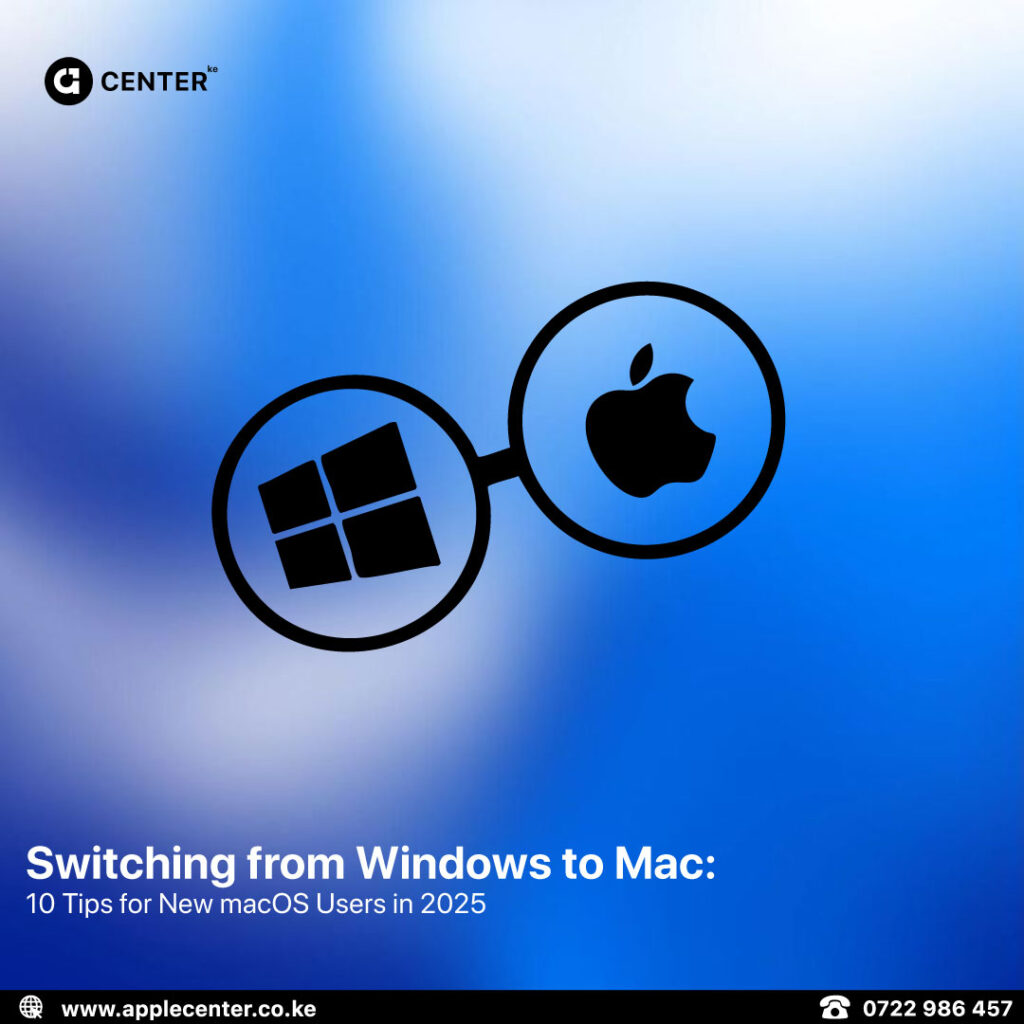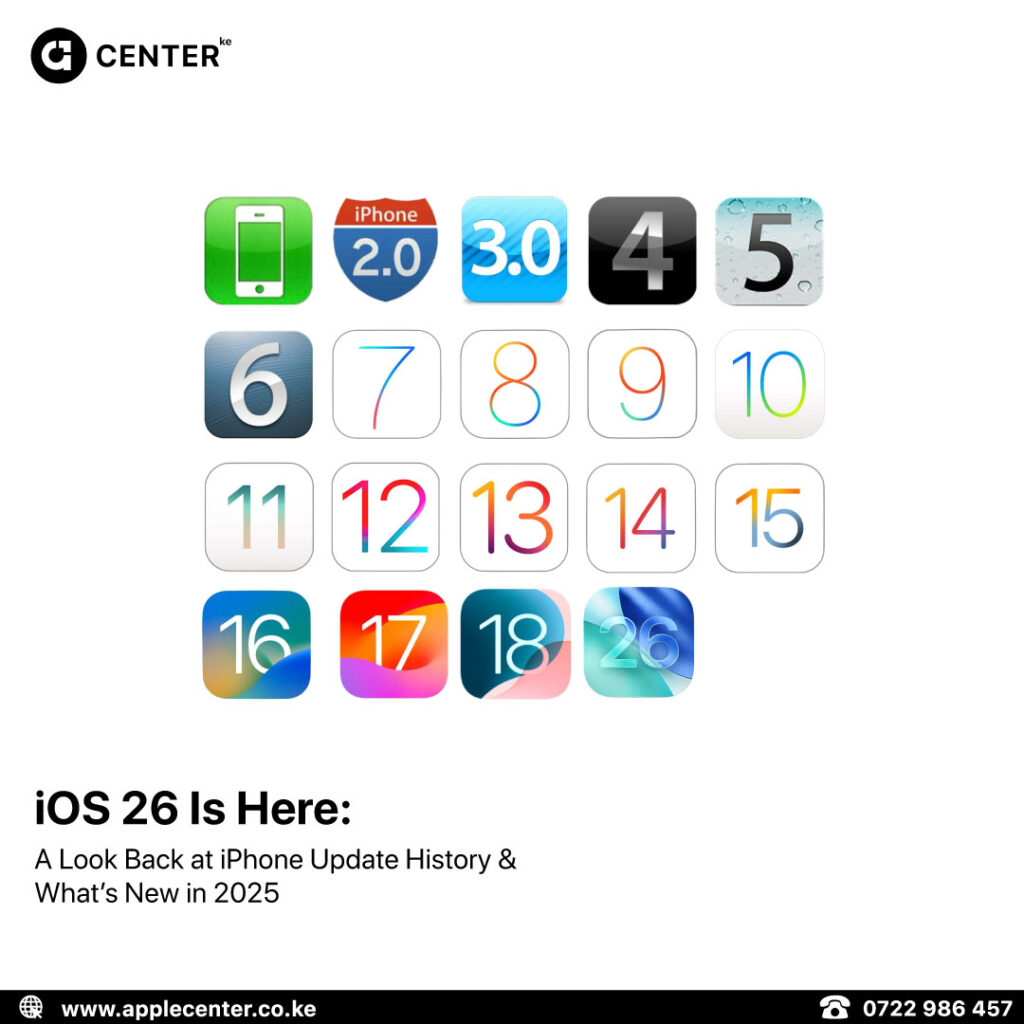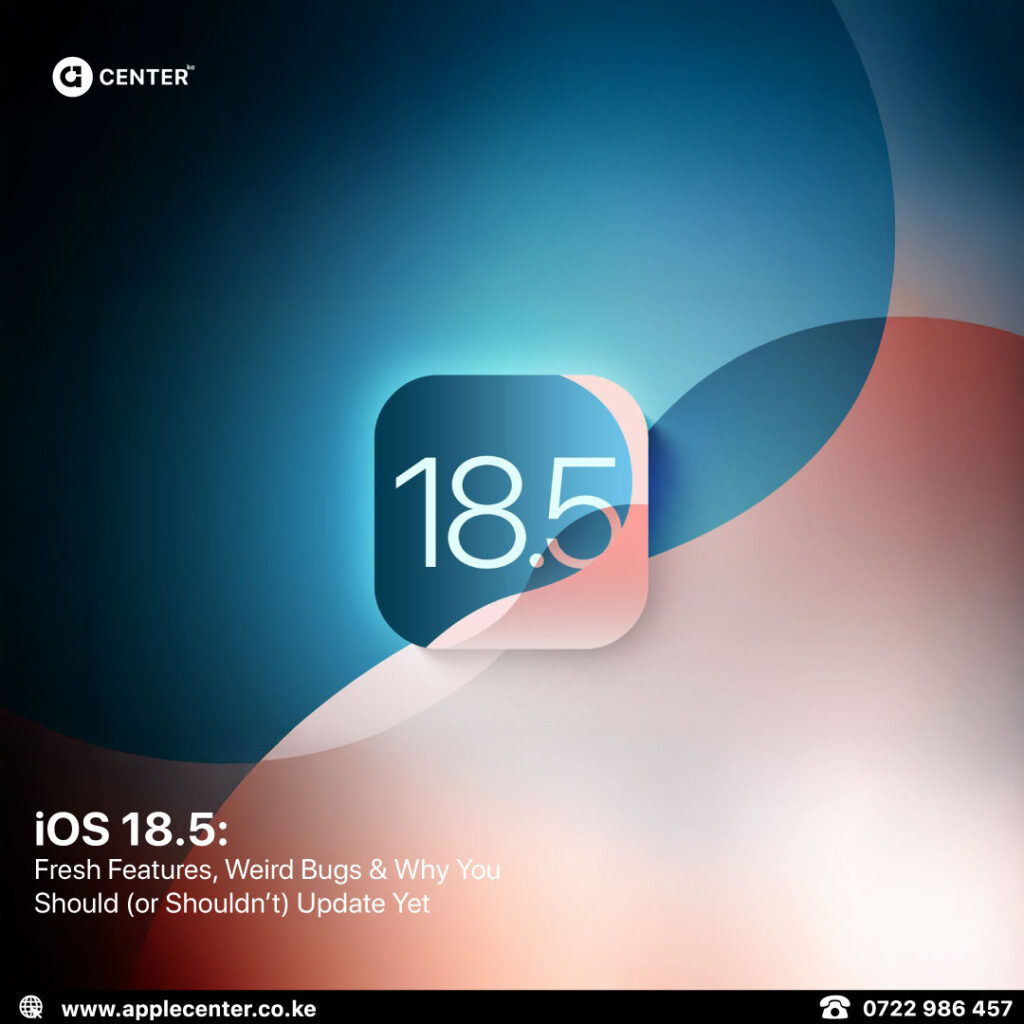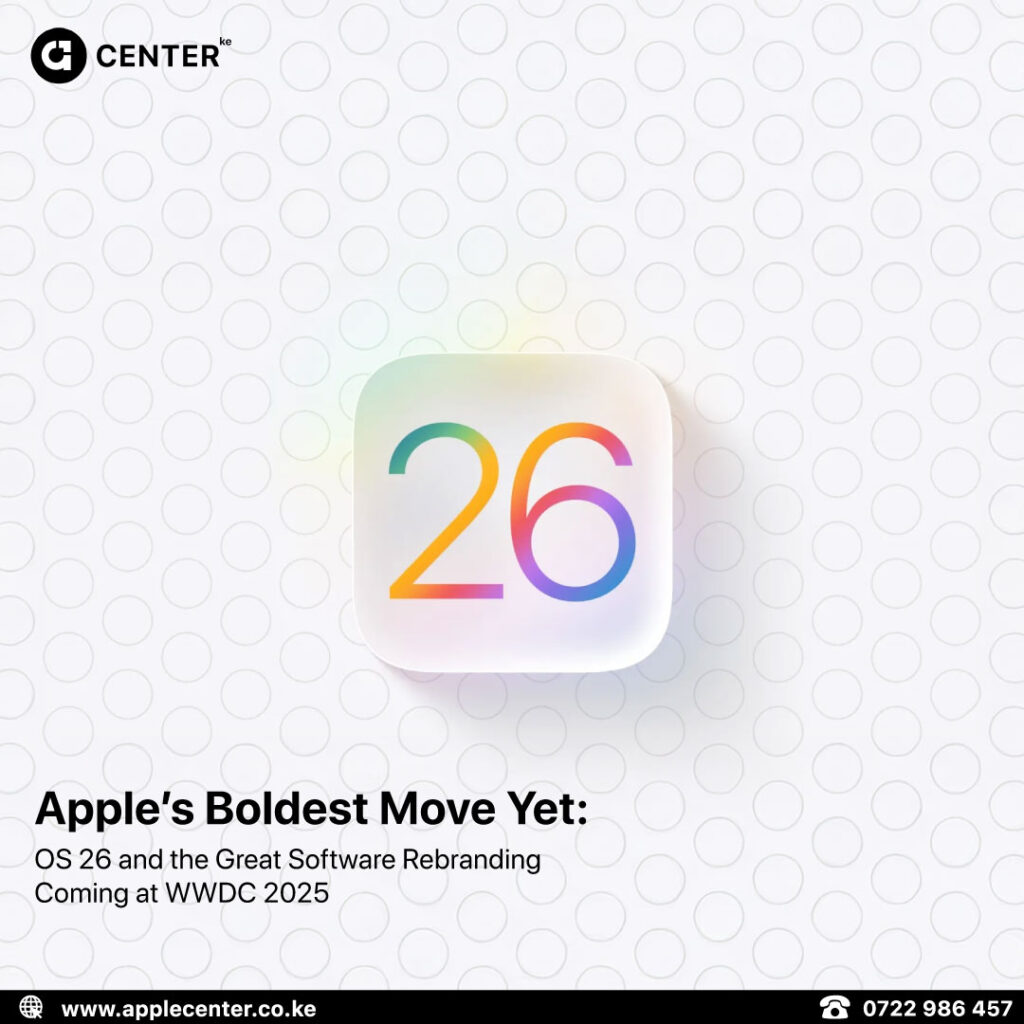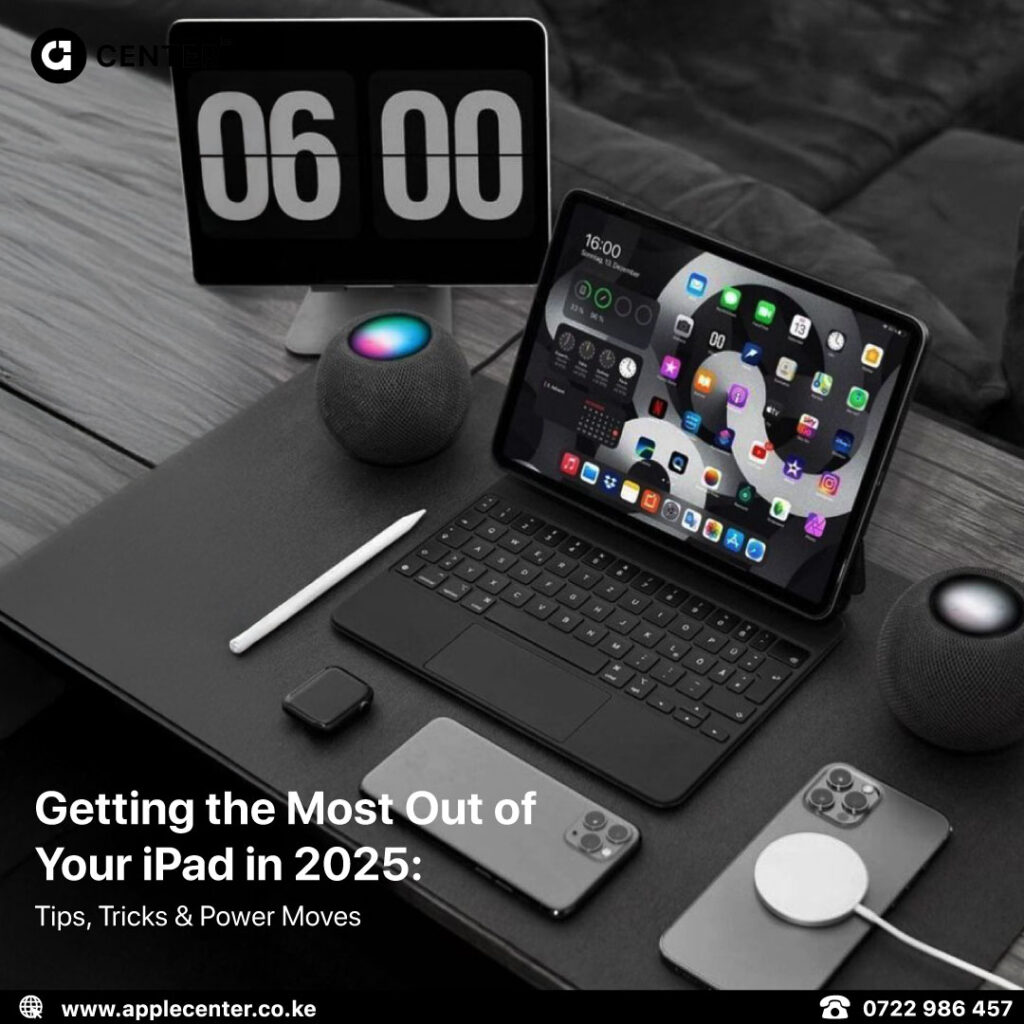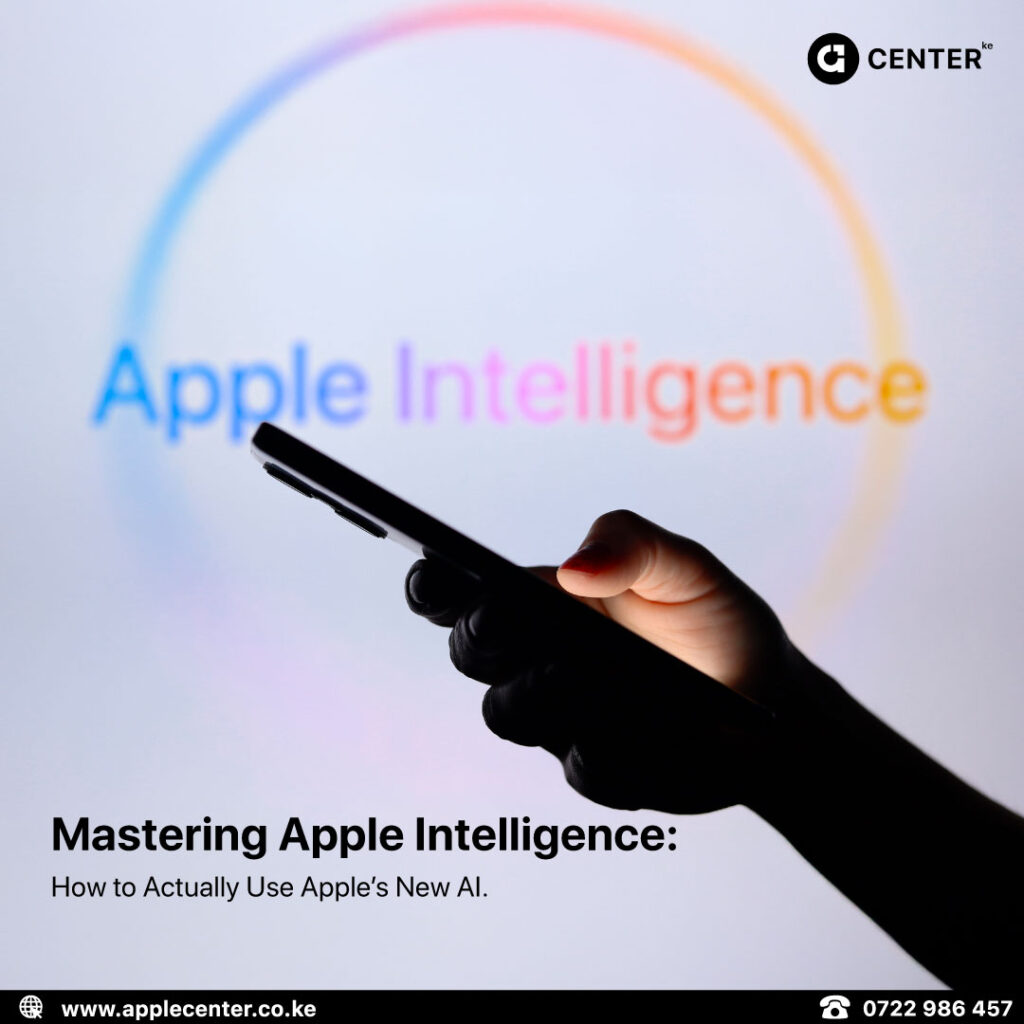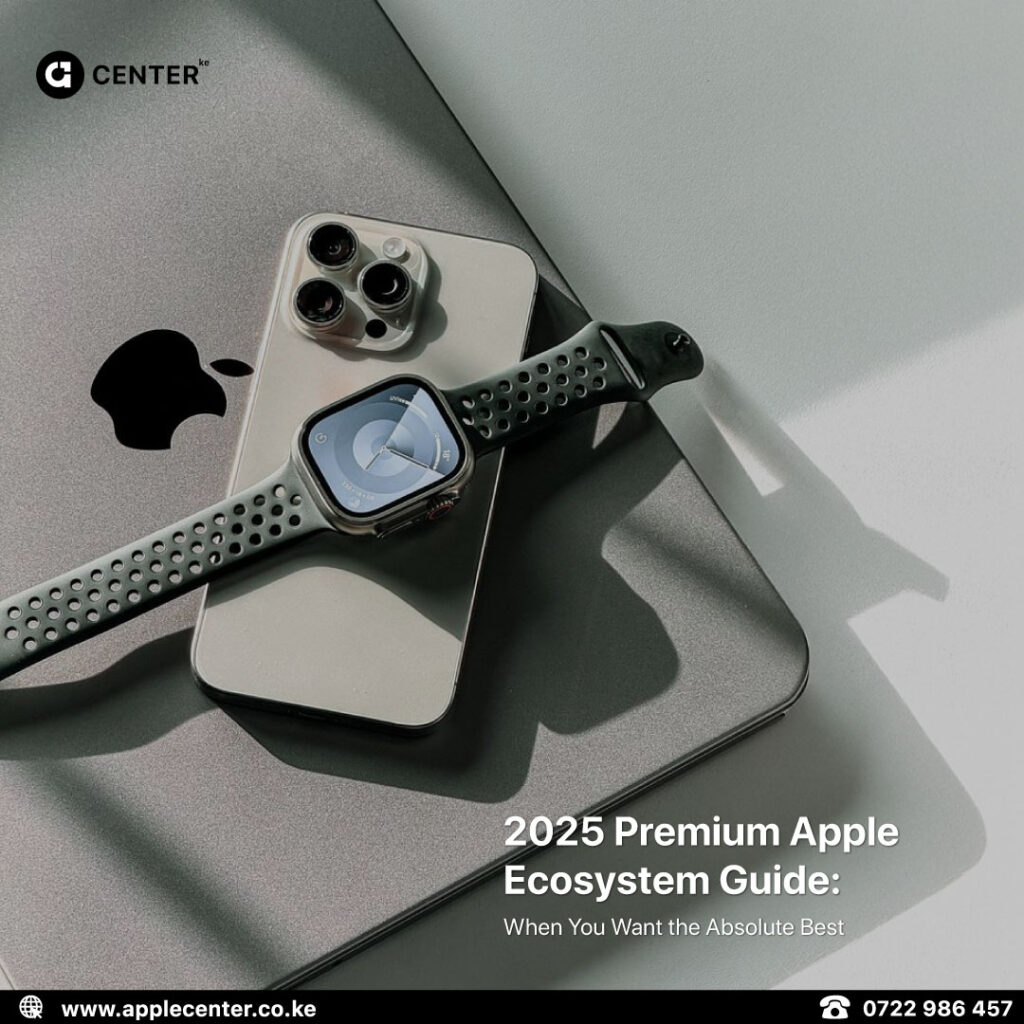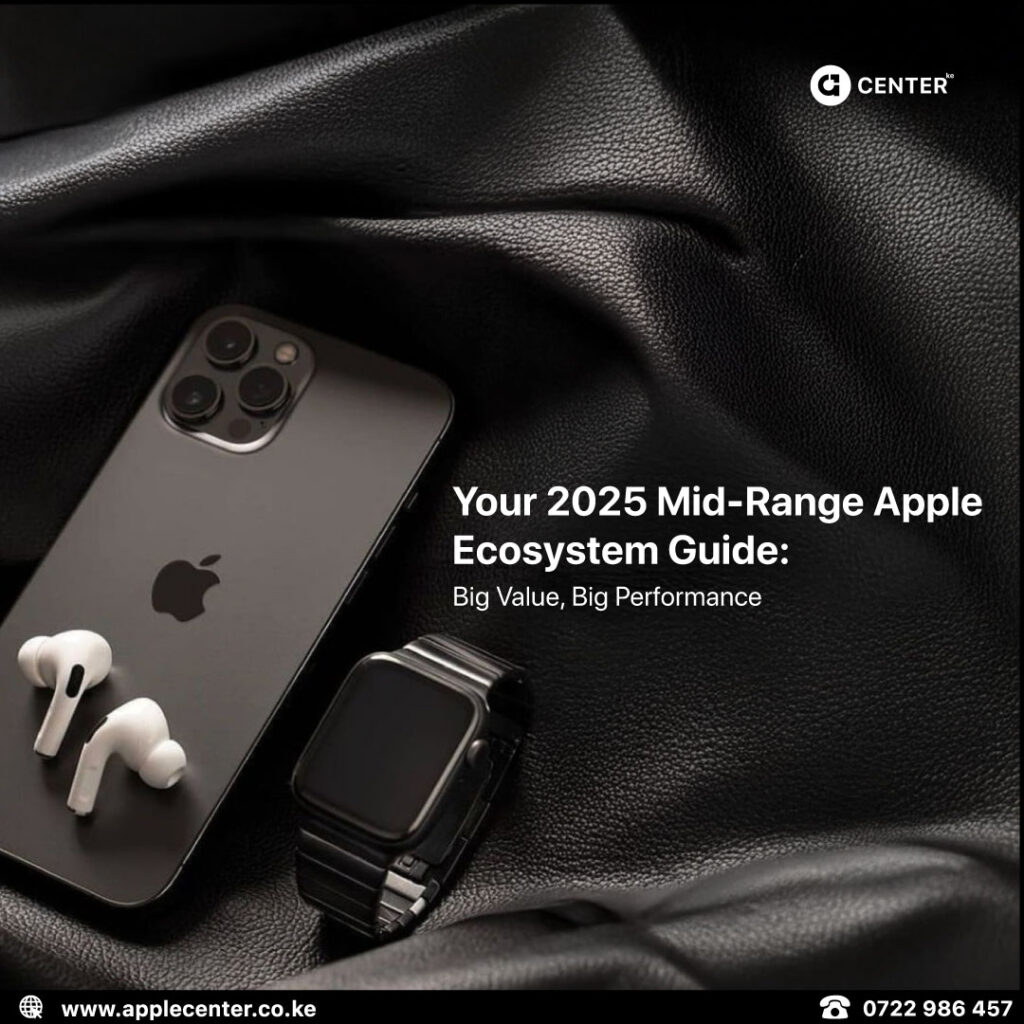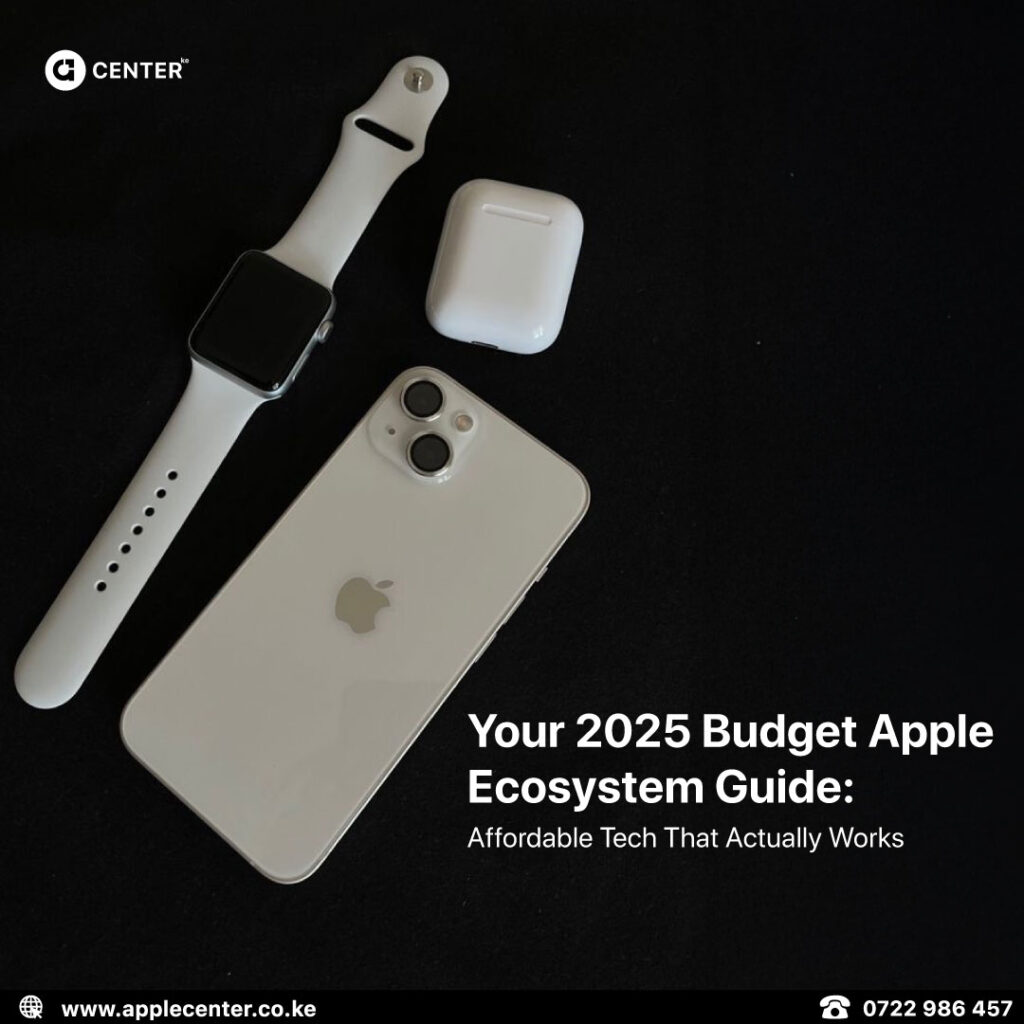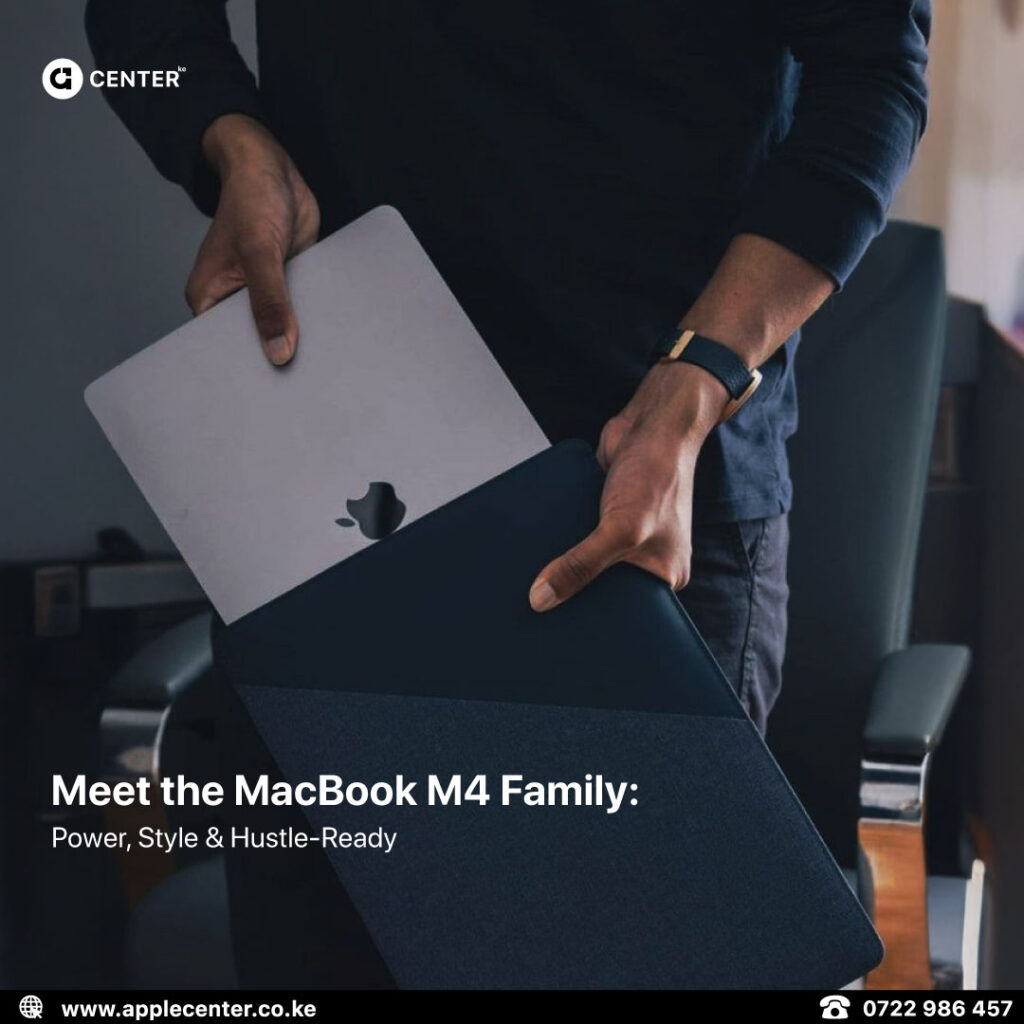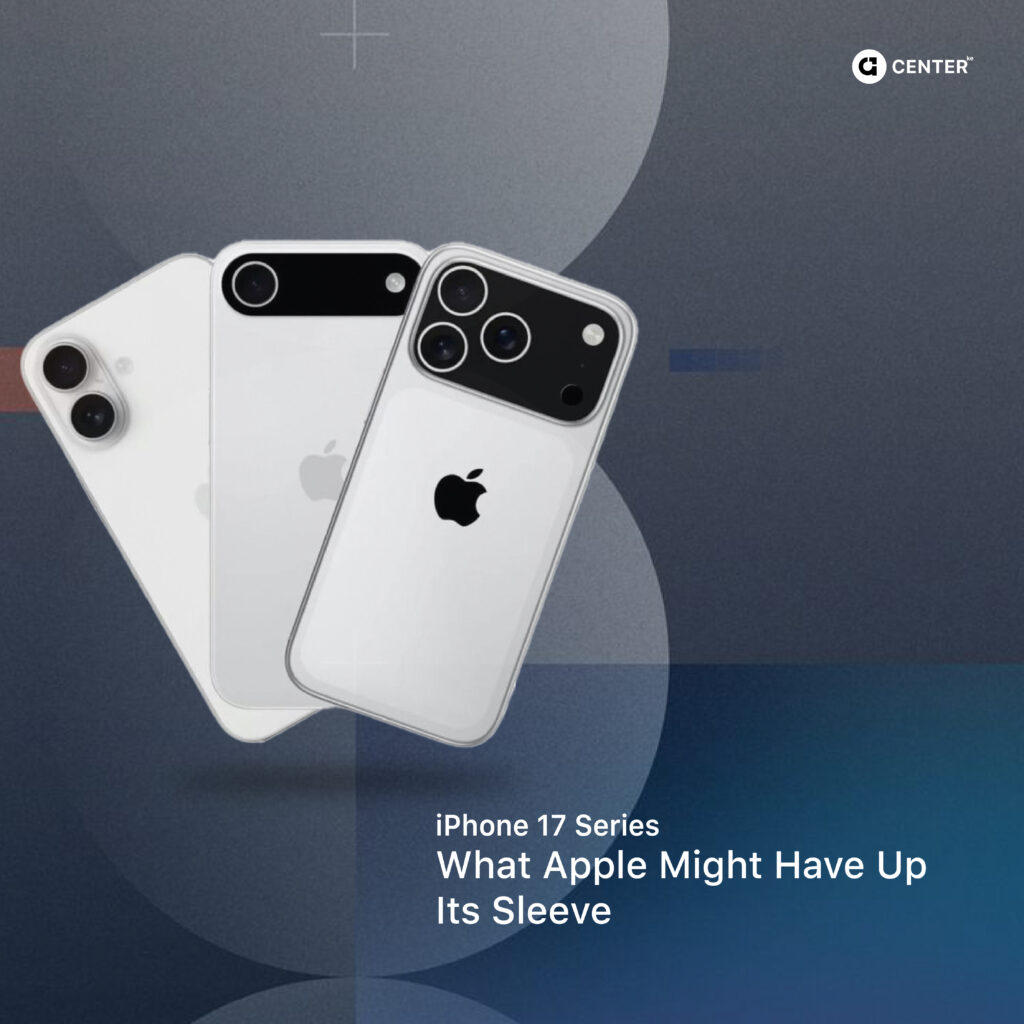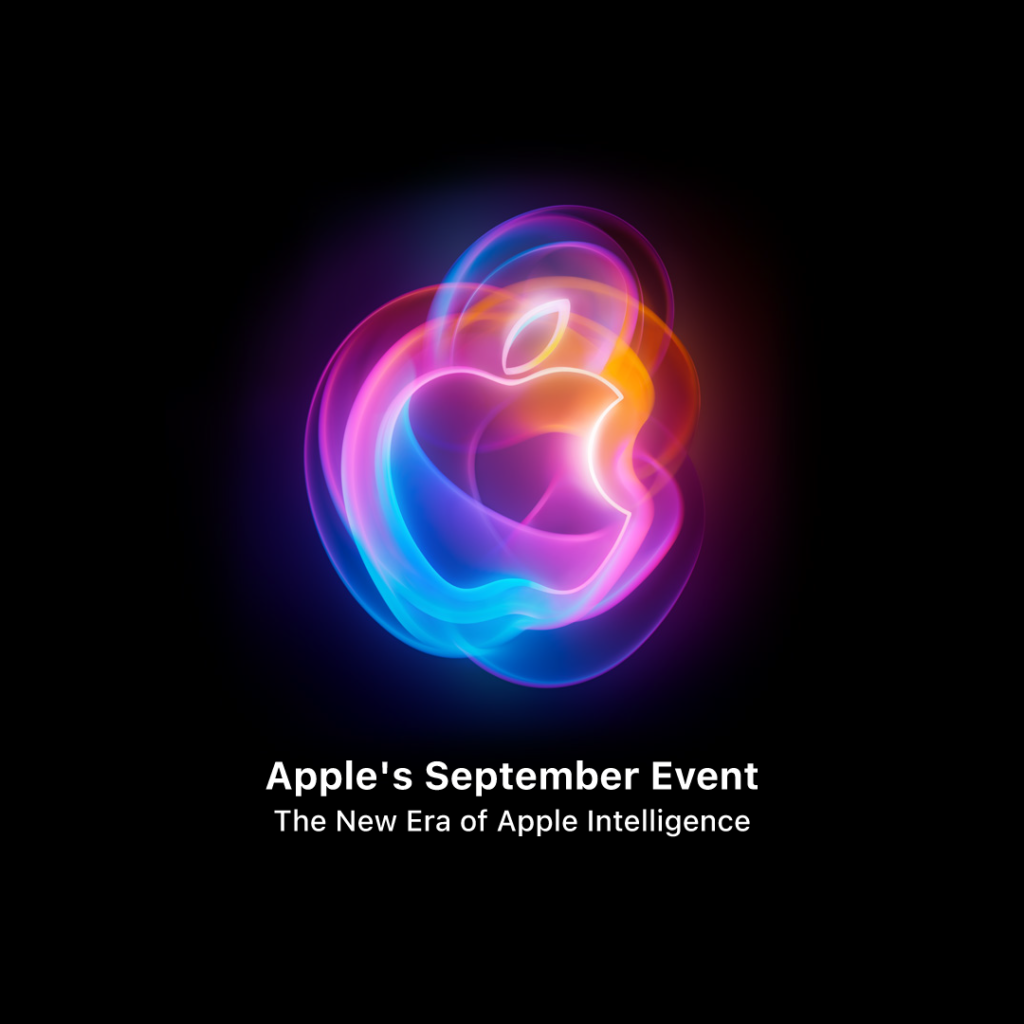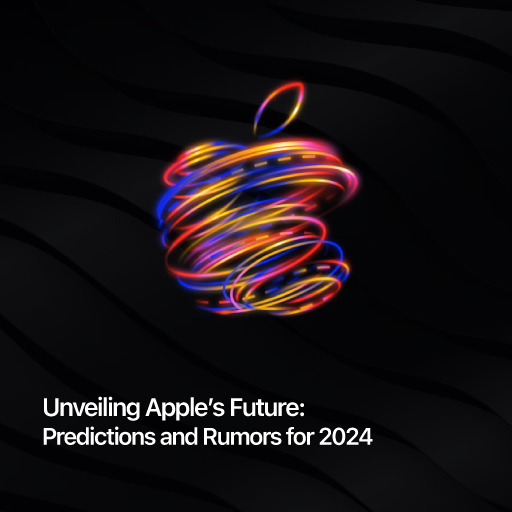Apple just dropped the M5 chip. No flashy event, no “one more thing,” not even a livestream. Just a quiet press release, and suddenly the MacBook Pro, iPad Pro, and Vision Pro all got a serious power boost.
It’s classic Apple subtlety. But behind that low-key rollout is something more strategic, this update is all about AI performance, not design changes. Think of it as Apple tightening every screw under the hood while keeping the car looking exactly the same.
The M5 Chip: Smarter, Not Flashier
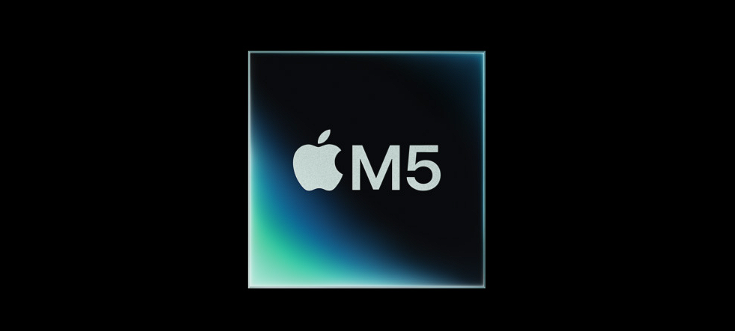
Let’s start with the heart of it all, the M5 chip. It’s built on the same 3-nanometer process as the M4, but Apple didn’t stand still. They went all-in on artificial intelligence.
Each GPU core now gets its own Neural Accelerator, which means it can handle AI and graphics at the same time. That’s big for anything involving machine learning, creative tools, or even gaming. Memory bandwidth also jumped from 120GB/s to 153GB/s, and the Neural Engine itself got a serious overhaul.
Apple claims up to 3.5 times faster AI performance compared to the M4. In real-world terms, that means your apps that rely on on-device AI, like editing, rendering, and even voice tools, will run noticeably smoother.
The CPU itself runs up to 20 percent faster, and graphics performance can hit 60 percent higher depending on the task. Not bad for what’s essentially a mid-cycle upgrade.
MacBook Pro: Familiar Frame, New Brains

Apple started with the 14-inch MacBook Pro — no design changes, no new colors, no extra ports. But inside, it’s a lot smarter.
The M5 makes this machine faster for code compiling, video editing, 3D work, and even daily multitasking. Apple didn’t touch the display (still that stunning Liquid Retina XDR panel), and the battery life remains the same at around 24 hours.
Wi-Fi 6E and Bluetooth 5.3 are still here, but no Wi-Fi 7 yet. Thunderbolt 4 ports stay as well, and the chassis remains rock solid. Basically, everything you liked about the previous MacBook Pro — just faster, cooler, and quieter.
This is the upgrade for people on older Intel or M1 machines, not for anyone who just got an M4.
iPad Pro: The Power Tablet Gets Real
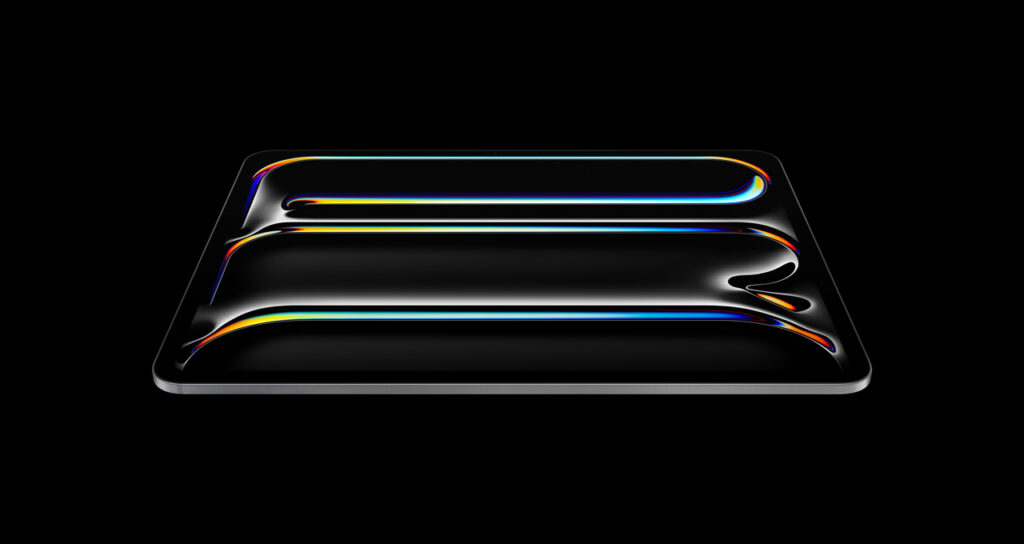
The iPad Pro got the M5 too, and honestly, this is where the upgrade feels most meaningful.
RAM has been bumped up across the board, so multitasking finally feels fluid. You can run heavier creative apps side by side, edit 4K video, or sketch on Procreate without slowdowns.
It also now supports Wi-Fi 7, Bluetooth 6, and Apple’s new C1X modem for faster and more efficient cellular data. That means smoother FaceTime calls, quicker AirDrop, and better hotspot speeds when you’re on the go.
The display? Same Ultra Retina XDR beauty with ProMotion at 120Hz. The design stays thin, ridiculously thin, and build quality is top-tier as always.
This iPad feels like Apple’s quiet reminder that it still wants to replace your laptop.
Vision Pro: A Brain Transplant
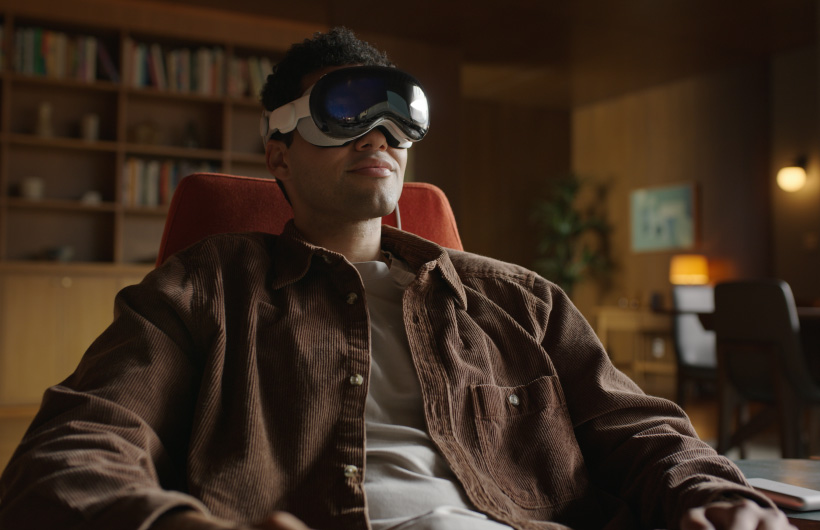
The Vision Pro also joined the M5 club, dropping its dual M2 setup for a single M5 chip. That’s actually a smart move, it simplifies the system, lowers power draw, and improves heat management.
Performance gets a noticeable lift in spatial video editing, 3D rendering, and environmental mapping. Basically, anything that uses real-time depth or AI processing feels snappier.
But here’s the thing, the Vision Pro is still heavy, still limited by software, and still not for the average consumer. This update just keeps it current, not revolutionary.
Who the M5 Upgrade Is Really For

If you’re on an Intel Mac or the early M1 generation, the M5 is a huge upgrade. You’ll see faster AI processing, better graphics, and overall efficiency gains that make your older device feel ancient.
If you’re on an M2 or M3, the jump is nice but not life-changing. The M5 really shines when apps start leaning harder on on-device AI. And for M4 users? You’re fine. Sit this one out.
Apple also held back the M5 Pro and M5 Max chips until early next year, so the serious creative pros might want to wait a bit longer before making a move.
Final Thoughts: Apple’s Quiet AI Play

The M5 launch wasn’t about hype, it was about positioning. Apple just upgraded its entire lineup for the AI era without saying a word.
The hardware looks the same, but what’s happening inside the chip is where the real shift is. Apple’s clearly setting up for a future where everything, your Mac, your iPad, even your Vision Pro handles AI tasks on-device instead of in the cloud.
This wasn’t a headline-grabber. It was a foundation builder.
The big design and display changes? Those are coming later, likely with the M6 generation when Apple moves to the 2-nanometer process and finally shakes things up again.
For now, the M5 refresh is classic Apple — quietly smarter, faster, and perfectly timed to remind you that even when it seems like nothing changed, everything under the hood probably did.


